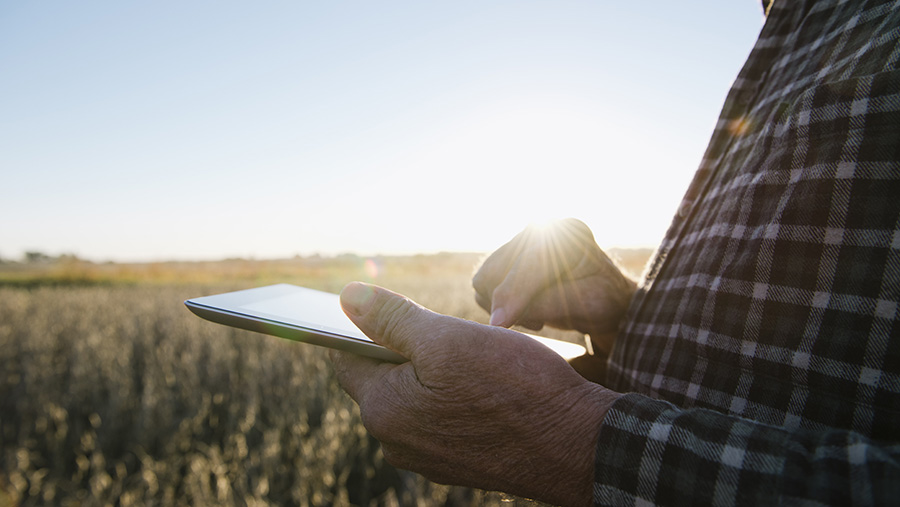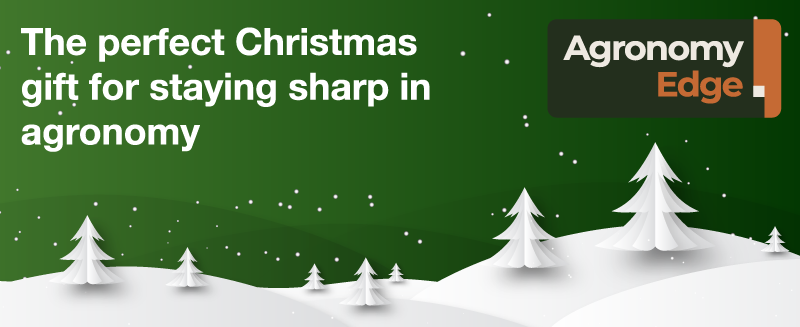Digital tools help US growers improve input use and up yields
 © Cutura/Rex/Shutterstock
© Cutura/Rex/Shutterstock Arable growers in the US are boosting yields and making better use of inputs by using digital tools based on predictive growth models for their crops.
Using data from their field operations and weather forecasts they are able to predict what their crops need day by day and help them cope better with climate change.
Seed giant Monsanto is developing these digital tools which are used across about 2m hectares in the US Mid-West maize and soya bean growing area and has plans to expand further afield.
Growers can tap in data ranging from soil testing to the choice of variety, and then weather forecasts are added to build up a model of the crop’s growth needs throughout the season.
Predictive ability
David Fischhoff, chief scientist at Monsanto’s Climate Corporation, says the more data they obtain from growers the better the predictive ability of the digital tools will become.
“Every field activity and weather prediction will be digitalised in the future to improve the productivity and sustainability of farming operations,” he tells Farmers Weekly after giving a presentation at the Oxford Farming Conference.
See also: Read more articles on farm technology
The US-based seeds group bought the Climate Corporation for USD930m (£637m) in 2013 to give it the ability to provide weather predictions to add the mass of data from its growers.
Nitrogen
The company’s nitrogen advisor digital tool is now helping growers keep tabs on the nutrient’s availability through the season based on a model of the nitrogen cycle and a crop’s uptake of the nutrient.
In a sample of more than 3,800 maize fields, the group’s researchers showed more than 10% of the fields lost yield due to insufficient nitrogen – causing an average yield loss worth £89/ha, while more than 40% of fields had a surplus of nitrogen wasting £21.60/ha.
This led Dr Fischhoff to conclude that growers may not necessarily gain from cutting nitrogen levels, but that the better use of fertilisers to meet a plant’s needs would lead to yield gains.
These tools are typically costing USD3/acre (£2/acre) and have been rapidly developed over the past two seasons since the acquisition of the San Francisco-based Climate Corporation.
Dr Fischhoff said one maize grower in northern Illinois using the digital tool saw his nitrogen levels drop to the point of shortage after unseasonably heavy rains during early 2015.
This grower made an addition application of nitrogen on July 6, but left a test strip without the extra fertiliser.
The crop with the additional nitrogen yielded over 2.5t/ha more at 13.8t/ha than the test strip at 11.1t/ha.
Climate change
Dr Fischhoff points out that alerting growers to the need for extra nitrogen could help them cope with unexpected rainfall patterns which might be associated with climate change.
“Anything we can do to help growers be less prone to the risks of climate change has to be a benefit,” he adds.
In a further refinement, the price of maize and nitrogen fertiliser can be added into the digital model, to give the grower a good idea of the best actions to take if these prices change.
In a further move, the group has developed a disease management digital tool using satellite imagery to give early warnings of the onset of disease.
Fungicide
During 2014, one the the group’s customer growers planted a field with two maize hybrids, but one of the varieties proved to be susceptible to grey leaf spot disease midway through the season
Dr Fischhoff explains that the tool highlighted that the grower should have applied a fungicide in July to mitigate the impact of the disease.
The group’s development of these digital tools over the last two seasons for mainly maize but also soya beans has prompted the group to look at their application for wheat and oilseed rape.
“Most digital agricultural tools today are focused on corn (maize) and soy, but digital agriculture can provide value to any crop,” he says.
Expansion into the rest of the US, Canada, South America and Europe is planned over the next 10 years as he says digital agriculture has the potential to help farmers all over the world optimise their operations.

